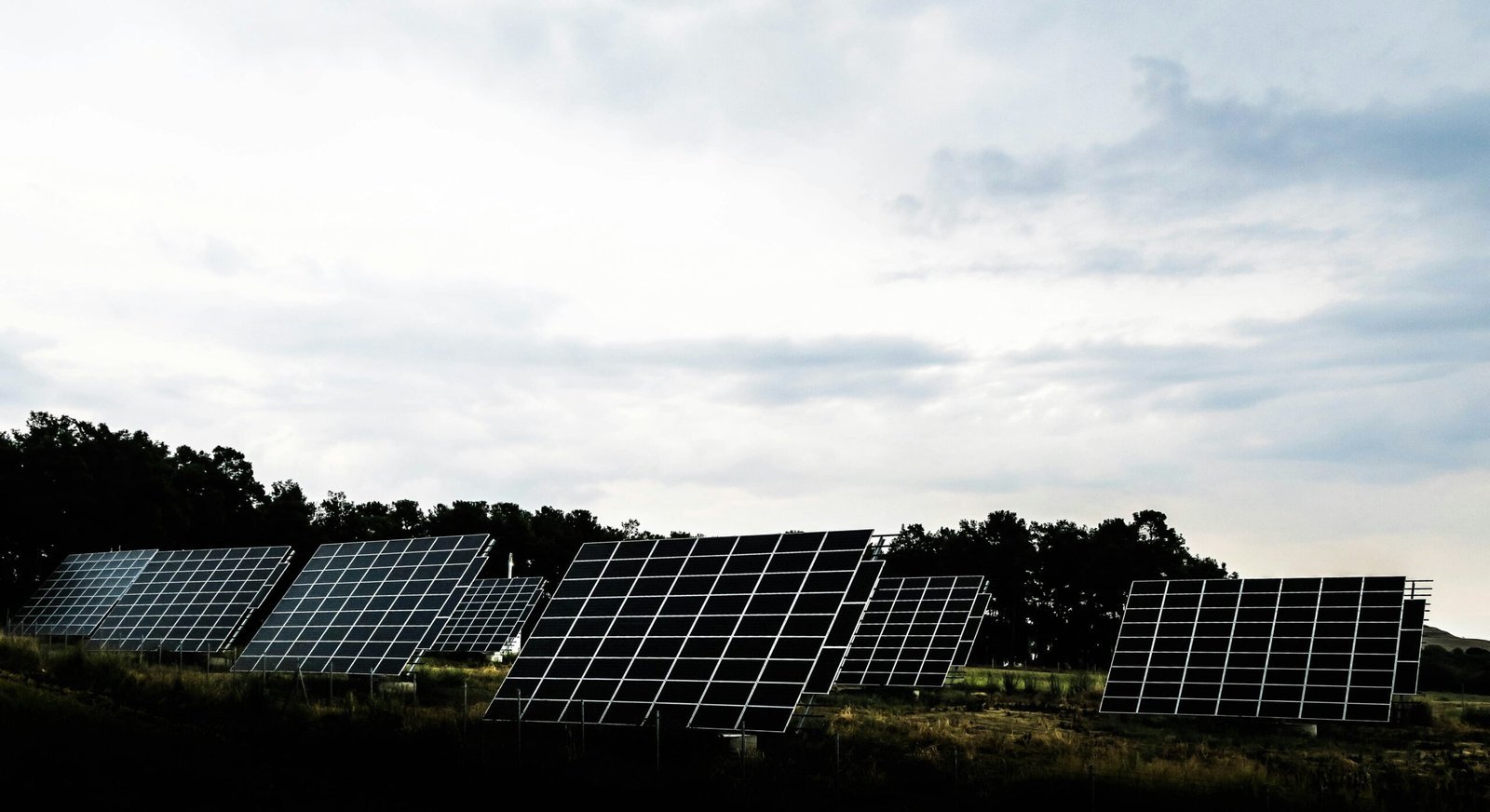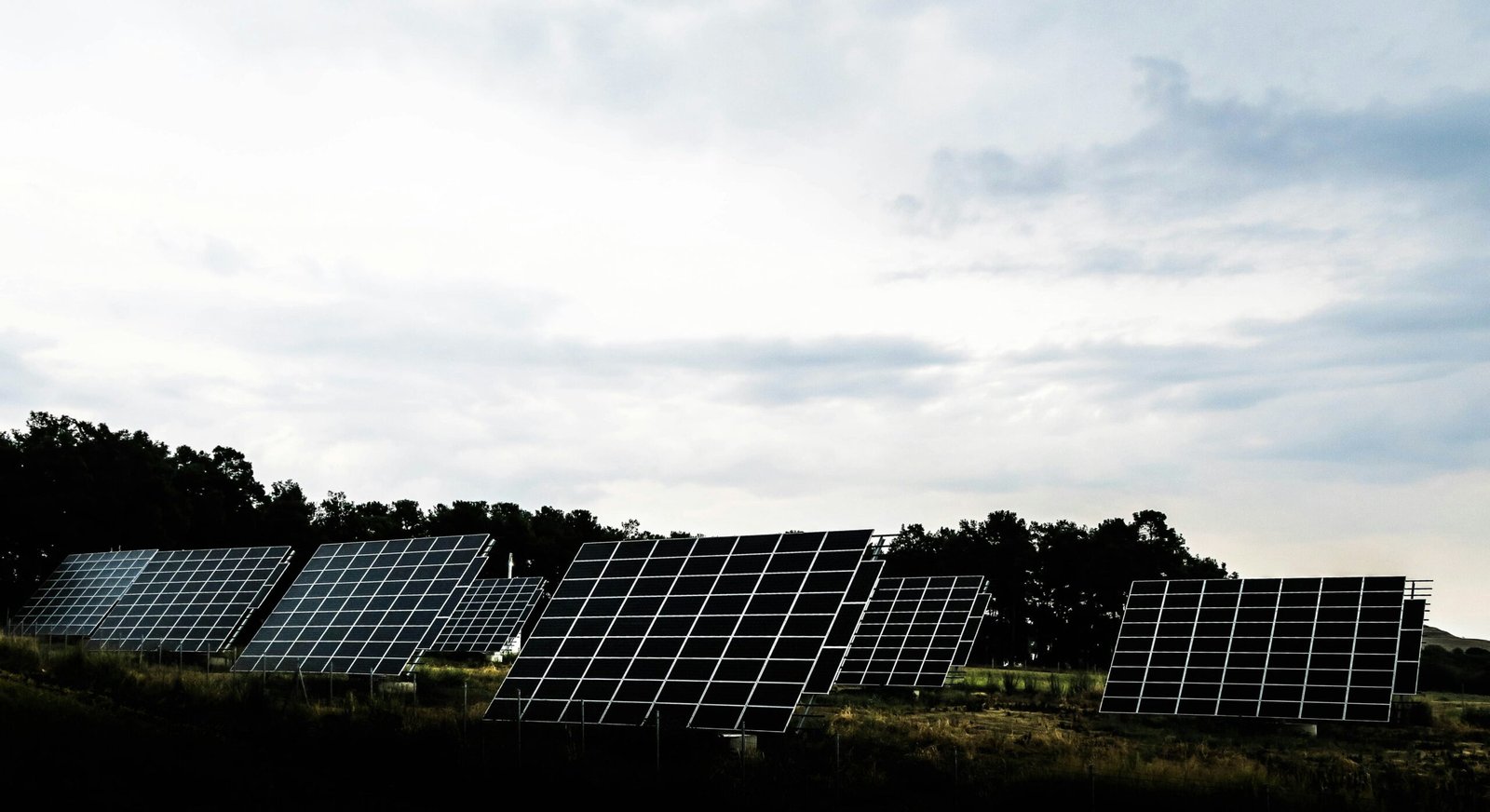
Solar panel efficiency refers to the proportion of sunlight that can be converted into usable electricity by a photovoltaic (PV) cell. This efficiency is a critical factor in gauging how effectively a solar panel can generate power. Essentially, higher efficiency means that more sunlight is converted to electricity, resulting in greater energy output from a given area of solar panels. This, in turn, influences both the electricity generation capacity and cost-effectiveness of installing solar panels for consumers and businesses alike.
The working principle behind solar panels is the photovoltaic effect, discovered over a century ago. When sunlight strikes a photovoltaic cell, it excites electrons in the material, producing an electric current. The efficiency of this process depends on various factors, including the quality of the materials used, the engineering design of the cell, and external conditions such as temperature and light intensity.
Solar panel efficiency is usually measured under standard testing conditions (STC), where the irradiance is 1000 watts per square meter, the cell temperature is 25°C, and the angle of sunlight is perpendicular to the panel. Presently, commercial solar panels exhibit efficiency rates ranging from approximately 15% to 22%. Though the numbers might seem modest at first glance, continual advancements in technology and manufacturing processes are driving these rates upward. Higher efficiency levels translate into more electricity generated per square meter, thereby reducing the space needed for installation and potentially lowering costs for the consumer.
Understanding solar panel efficiency is fundamental for anyone considering solar energy solutions, such as those provided by companies like TayPro, who specialize in optimizing the performance of PV systems. Regular maintenance and services like solar panel cleaning, offered by TayPro, can mitigate the impact of dust and debris, which are notorious for reducing the efficiency of solar panels by obstructing sunlight and causing uneven heating. Keeping panels clean ensures they operate at optimal efficiency, maximizing both energy production and cost savings.
How Dust and Debris Accumulate on Solar Panels
Solar panels are crucial for converting sunlight into electricity, offering a sustainable energy solution. However, their efficiency can significantly decrease due to the accumulation of dust and debris. Understanding how and why these materials settle on solar panels is essential for maintaining optimal performance.
Various environmental factors contribute to the accumulation of dust and debris on solar panels. Wind is a primary agent, carrying dust particles from nearby roads, construction sites, and agricultural fields. Areas with frequent dry spells or dust storms are especially prone to having high dust levels, leading to faster accumulation on the panels.
Pollen also plays a significant role, particularly in regions with heavy vegetation and during the spring season. Pollen grains are minute and easily stick to the solar panel surfaces, forming a layer that can obstruct sunlight absorption.
Bird droppings are another common offender. Birds often perch on panel structures, leading to localized spots of debris that can have a disproportionately large impact on performance. The acidity of bird droppings can also damage the panel surfaces over time if not cleaned promptly.
Industrial pollution is an additional factor. In urban or industrial areas, the air carries various pollutants, including soot and chemical residues, which can settle on the solar panels. These pollutants are not only sticky but can also be corrosive, leading to long-term damage if left unchecked.
The geographic location of solar panel installations heavily influences the rate of dust and debris accumulation. Arid regions experience more dust, while coastal areas may deal with salt and sand deposits. The tilt angle of the panels also affects how quickly they get dirty. Panels with steeper angles are better at shedding debris naturally, whereas flatter panels tend to collect more dirt.
Lastly, seasonal changes impact the type and quantity of debris. For example, autumn might bring falling leaves, while spring could see increased pollen. Winter snowfall can clean panels temporarily, but melting snow can leave behind mud and grime.
The Impact of Dirt on Solar Panel Performance
Solar panels are designed to harness the sun’s energy, but their performance can be significantly hampered by the accumulation of dirt and debris. Various studies have highlighted the direct correlation between cleanliness and efficiency. For instance, a study conducted by the National Renewable Energy Laboratory found that a mere 4% soiling rate on solar panels could lead to a 30% reduction in energy output. This stark statistic underscores the critical importance of maintaining clean solar panels.
Different types of debris exhibit varying levels of impact on solar panel performance. Dust, bird droppings, pollen, and leaves are among the most common contaminants. While a thin layer of dust may only cause a minor energy output reduction, more substantial accumulations can block significant amounts of sunlight. Bird droppings are particularly problematic due to their density and potential for causing hotspots, which can damage the cells.
Real-world examples further exemplify the importance of maintaining clean panels. Taypro, a well-known provider of solar panel cleaning services, conducted a field study revealing that residential installations experienced up to a 15% efficiency drop within six months if neglected. Conversely, regular cleaning not only restored efficiency but also extended the lifespan of the panels, safeguarding the return on investment.
The long-term performance and lifespan of solar panels are unequivocally tied to how well they are maintained. Panels free from debris consistently outperform those that are neglected. The comparative analysis between clean and dirty panels demonstrates that clean solar panels can generate up to 30% more energy. This translates to significant financial savings and increased overall efficiency for both residential and commercial installations.
Therefore, regular maintenance, including professional services like Taypro’s solar panel cleaning, is crucial. Not only does it optimize energy output, but it also ensures the longevity and reliability of solar energy systems. The cumulative effect of ignoring dirt accumulation can lead to substantial inefficiencies, making cleanliness a key component in solar panel performance management.
Strategies for Maintaining Clean Solar Panels
To maintain the efficiency of solar panels, adopting comprehensive strategies for managing dust and debris is essential. First and foremost, routine inspections should be a pivotal part of any maintenance plan. Regularly checking the solar panels allows for early detection of dust accumulation and potential damage, thus preventing significant efficiency losses. A visual inspection at least once a month can be effective in identifying any obvious dirt or issues.
Professional cleaning services, like those offered by Taypro, provide an expert approach to maintaining solar panel cleanliness. These services use specialized equipment and techniques to remove even the most stubborn residues without harming the panels. Engaging in professional cleaning every six months to a year can ensure that your solar panels operate at peak efficiency without the risk of damage from improper cleaning methods.
For those preferring a DIY approach, it’s imperative to follow safe and effective cleaning methods. Using a soft cloth or sponge with a mild detergent solution can gently remove accumulated dust and debris. Ensure not to use abrasive materials or high-pressure washers, as these can scratch or damage the solar cells.
An additional preventive measure involves the application of anti-soiling coatings. These coatings help in reducing the adherence of dirt and grime to the surface of the panels, making it easier to maintain cleanliness with less frequent interventions. While this might be an upfront investment, it can prove cost-effective over time by minimizing the need for frequent cleanings.
In constructing a cost-effective maintenance schedule, consider the specific environmental conditions surrounding your solar installation. Areas with high dust activity might require more frequent cleanings compared to those in less dusty regions. Besides routine cleanings, occasionally undergoing professional maintenance ensures thorough servicing and prevents potential long-term damage.
Technological solutions, like self-cleaning systems and monitoring tools, streamline the maintenance process. Self-cleaning systems use automatic mechanisms to remove dust regularly, thereby maintaining panel efficiency with minimal human intervention. Additionally, monitoring tools can provide real-time data on panel performance and alert you when significant efficiency drops are detected, indicating the need for a clean.
Combining these strategies, from routine inspections and professional services to DIY techniques and technological aids, ensures that your solar panels remain optimally efficient, harnessing maximum solar energy with minimal losses due to dust and debris.




